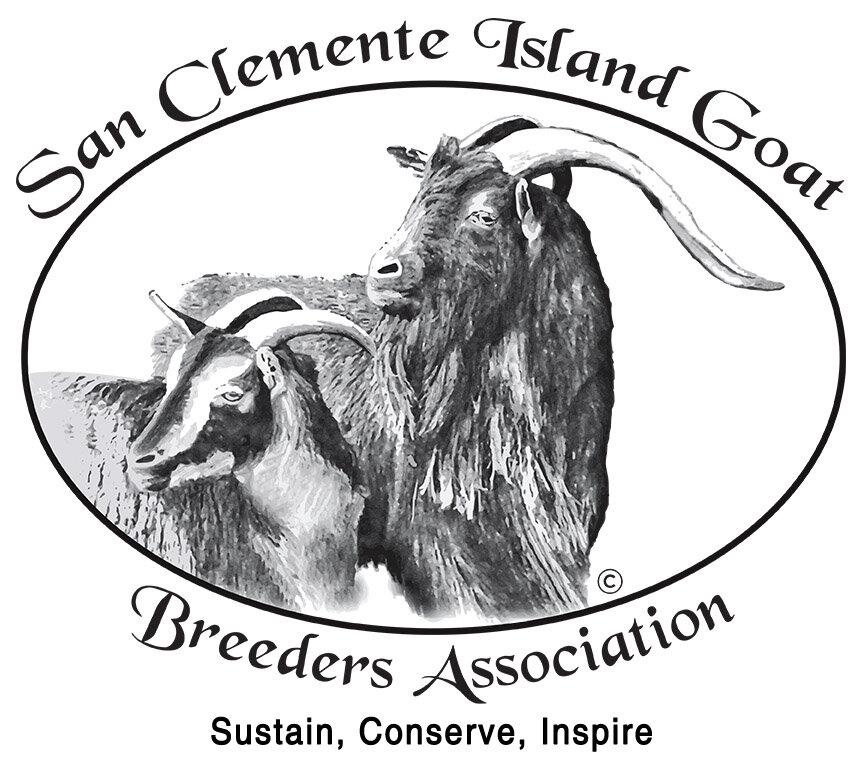NOTE: This is a living document that is updated & revised as additional historical documentation comes to light.
We have had named “bloodlines” in practice since 2008, designated by Leslie Edmundson. Over the last few years, it was felt that they needed to be reviewed and looked at with a closer eye to genetics for better categorization.
Dr. Phil Sponenberg has been consulted extensively on this topic and is in agreement with these changes, as is the Board of Directors of SCIGBA.
There is a problem with the term “bloodline” in regards to SCIGs. From Dr. Sponenberg, “The definition of “bloodline” is tricky, but the key is that a bloodline is usually somewhat separated out by some level of genetic isolation. With the SCIGs, many of the older divisions are now gone as intact distinct entities, although they have persisted as part of other herds or groups.”
To clarify these we are now calling them Primary Lines and Blended Lines, all of which are important to preserve diversity for the breed.
From Managing Breeds for a Secure Future by D. Phillip Sponenberg, Jeannette Beranger, Alison Martin, Charlene Couch, pg 46 “Bloodlines, strains, and varieties are all subgroups within a breed. Each of these can be an important reservoir of variation and genetic diversity.” pg 47 "The bloodlines within a breed can be very important reservoirs of genetic variation, and managing these within the overall breed is important for long-term breed survival.” Further, "...it makes sense for a breed association to work to effectively conserve all of the bloodlines of a breed."
Primary Line: Coming from San Clemente Island. Most of these are extinct or at best surviving at low percentages of Primary Lines and mixed with other Lines. All of these listed in this document contributed to the genetics of the breed. We will list the extinct herd names here for reference, but in future will only refer to the Lines still existing or surviving with low % of Primary Lines. (Note: In parentheses after the name are noted groups of removals off the island.)
Primary Line - Extinct:
Daisy Hills (Clapp)
Perry (Fund for Animals)
Cottonwood Acres (Fund for Animals)
Pine Cone Valley (Fund for Animals)
Dream Weaver (Fund for Animals)
Ramsden (Fund for Animals)
G’Elf (Fund for Animals)
Suchowiecki (Fund for Animals)
Lake (Fund for Animals)
Hartgrove (unknown source)
O’Ben (Fund for Animals)
Primary Line – Currently exists, with some individuals at 100%:
Rivetti (Fund for Animals)
Primary Line – Extinct, but with some individuals remaining of low % or fully mixed with other lines:
Ahrensberg (Fund for Animals)
Warren (Phyllis Larson)
Blended –Blends of varying proportions from the Primaries:
New Hampshire – Plimoth, Alta Mesa (aka Gil), Blake
Plimoth – Island Imports from unknown source and from Pine Cone Valley, Cottonwood Acres. Also goats from Alta Mesa (aka Gil)
Tepper – Imports from Daisy Hills, Pine Cone Valley, Hartgrove
Note: We do not know from what sources Alta Mesa (aka Gil) obtained Island goats, but some sources of 2nd generation were San C, O’Ben.
These 6 lines will continue to be tracked with the help of breeders who have goats with any % of these lines in their goats’ genetics.
Additional Information can be found in our blog “Why Lines?”

